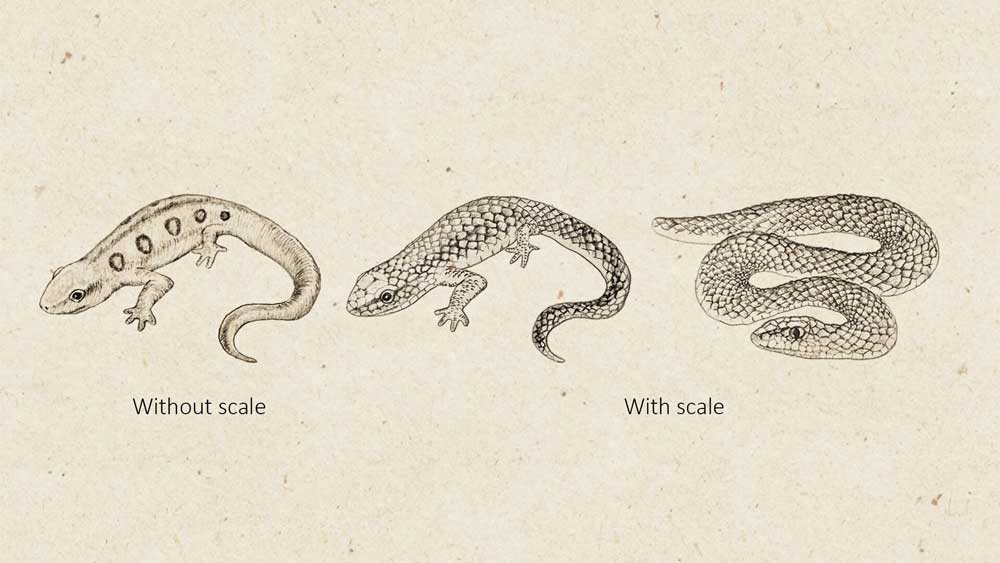"The monkeys did not react faster to salamanders, a species that shares a similar elongated body and tail with snakes, until the images were changed to cover them with snakeskin"
Monkeys can quickly detect snakes because of the presence of scales on the snake that monkeys have evolved to identify, according to a new research paper published in Scientific Reports.
Dr. Nobuyuki Kawai of Nagoya University in Japan writes in his research paper that Japanese monkeys can quickly spot animals based on the scales. In a previous study, he conducted experiments in which he removed snake scales from snake photographs through digital image processing techniques. The scaleless photographs were significantly viewed with less attention than those images that had the scales intact.
In the new study, Kawai conducted a visual search task using photographs of snakes and salamanders that were adjusted for luminance and contrast. These photographs were shown to monkeys that had never seen real reptiles or amphibians. The monkeys quickly detected the one snake photograph from a collection of photographs, of which eight were of salamanders. When the same salamander photographs were manipulated to include snake scales via image processing, the difference in detection speed between the reptile and amphibians disappeared. When the monkeys were shown the images of the unaltered snakes and amphibians, the detection of the snakes was faster. When the images were manipulated to include snake scales on the amphibians, the monkeys reacted to the manipulated images equally as fast and in some cases, faster than the original unwatered snake images. The results, Kawai says in his paper, are consistent with existing theories that primates such as monkeys and humans have an innate fear of snakes.
A 2017 study says that humans have a built in fear of snakes. That study involved human babies who had increased arousal when shown images of spiders and snakes.
Could Fear Of Snakes Be Genetic? Study Says Yes
Scared Of Snakes? There May Be A Gene For That
“The monkeys did not react faster to salamanders, a species that shares a similar elongated body and tail with snakes, until the images were changed to cover them with snakeskin,” Kawai said. “This may be because during evolution our primate ancestors evolved a visual system to identify scales, which are characteristic of snakes,” he continued. “These insights into primate evolution will likely improve our understanding of vision and brain evolution in animals, including ourselves.”
The complete paper, “Japanese monkeys rapidly noticed snake-scale cladded salamanders, similar to detecting snakes,” can be read on the Scientific Reports website.



